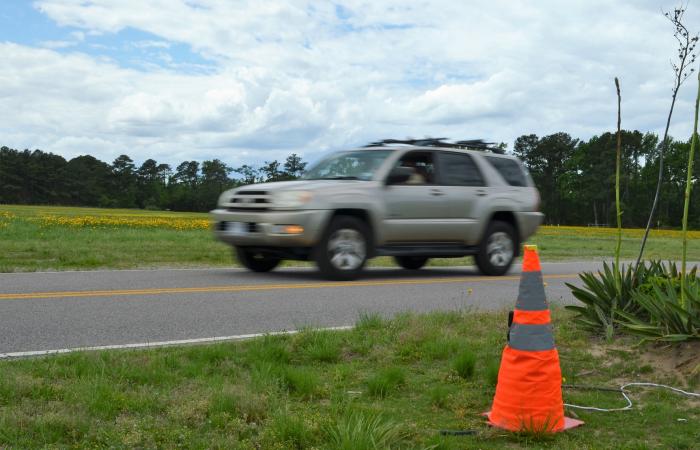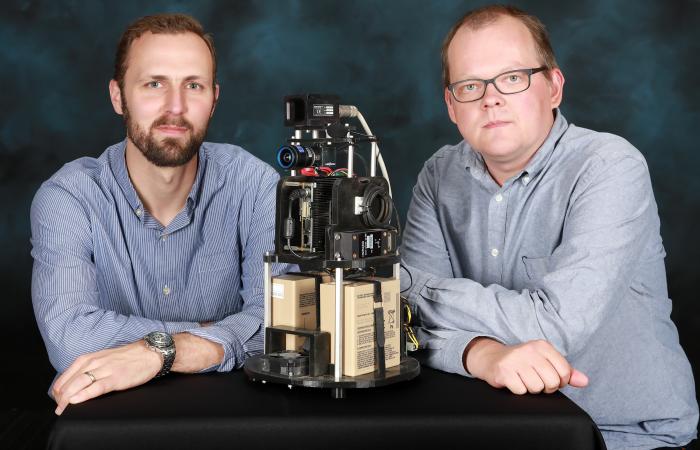May 1, 2018 – Algorithms designed to parse data gathered by roadside sensors could make it easier to identify vehicles sought in AMBER Alerts and to assist researchers studying traffic patterns. Oak Ridge National Laboratory scientists built a sensor platform to collect detailed images of cars, as well as electrical pulses and audio signals from engines, to uniquely identify vehicles. “Two cars with an identical make, model and color would be difficult to differentiate on the road,” said ORNL’s Ryan Kerekes. “With data pulled from sensors, we can use machine learning to extract important features to create a vehicle ‘fingerprint.’” The algorithms could be deployed with specialized sensor arrays or modified to apply to existing traffic cameras. The ORNL team presented their work at an IEEE Vehicle Technology Conference. Research is ongoing to upgrade sensors to capture larger vehicles and to improve matching algorithms.







